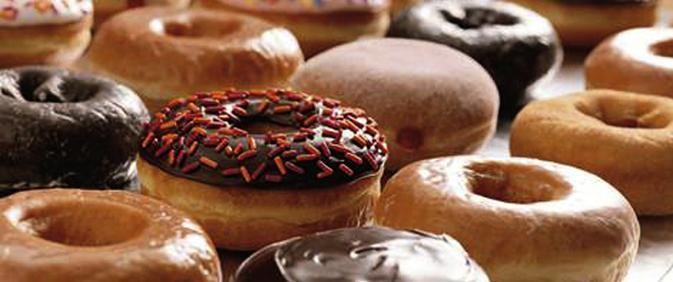Cravings are universal. We can all relate to what it feels like to be able to think of nothing other than a frosted donut or a bowl of ice-cream – and the feeling like nothing else will satisfy you. We’ve all been there, right?
The flip side of this situation, though, is that there is far more going on inside of us than only wanting a donut. Cravings contain incredibly important messages that tell us a lot about ourselves and learning to crack the code is easier than you may think.
Here are a few types of cravings that you have experienced…
Emotionally Charged Cravings. You may not struggle with it on a daily basis, but I’m certain you’ve experienced emotional eating at some point in your life. If you’ve ever reached for your favorite ‘comfort food’ (hint: that word alone describes emotional eating!) when you were feeling angry, lonely, tired or sad, you have used food to feed your emotions. Take a moment to check in with yourself before a meal — ask yourself if you’re feeding hunger or emotions. It can be quite difficult to train yourself to eat for nourishment only, but it can be done with practice!
Nutrient Deficiency Cravings. This one’s easy – if your body lacks certain nutrients, cravings will kick in to provide what your body is lacking. So for example, craving chocolate may mean your magnesium is low or craving cheese may indicate you are low in your essential fatty acids. Your body knows just what it needs, and if it’s not getting that, it will tell you. You just have to pay attention, and know what to “listen” for.
There are a few things you can do to keep your cravings at bay.
- Make sure you are drinking enough water. Dehydration can be a trigger for cravings. Try to drink at least 2 liters of water each day.
- Sleep. I know it can be difficult, but make it a priority to get at least 7 hours of sleep per night. Your body will function much more optimally when well rested, and you’ll be less likely to turn to caffeine or sugar for an energy boost.
- Check in with yourself before you eat and ask if you are actually hungry, or if you are eating out of boredom or habit.
- Put more whole foods into your diet and start cutting out processed foods especially sugar!
- Keep a Food & Mood Journal for a week or two — jotting down what you eat, when, where you are and how you were feeling. This will help show you patterns that you may not even realize yet.
To learn more about my programs and services you can visit my website. I also post tips, suggestions, and recommendations on my Facebook Page.
Happy Fall!
Yours In Good Health,

Debbie Janoff, CINHC
Wholey Fit Nutrition, LLC
www.wholeyfitnutrition.com
info@wholeyfitnutrition.com

